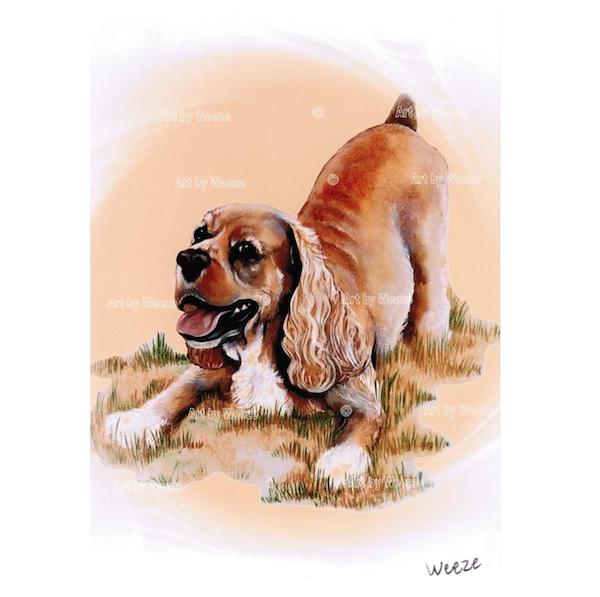
When asked to speak to fanciers about National Purebred Dog Day, we make a big point to discuss social media. The times in which we live afford few of us the option to hang out at the backyard fence to dish with a neighbor, but there is a 21st century version of that fence, and it’s shaping up to be social media. The significant flaw with social media is not being able to see the eyes of the people with whom we conversing, and it’s a bigger deal than some might allow, but that is a conversation for another day.
Each social media platform attracts its own demographics, and each offers limitations and attributes the other doesn’t. They are, in the end, all a way to communicate. In terms of style, we’ve come to decide that Twitter is the headline, while Facebook is the cocktail party. When it comes to getting inspiration and ideas, Pinterest takes the places of magazines, while Instagram is the new family photo album. For instruction and “how to” manuals, look no further than You Tube. Wise fanciers and dog clubs take full advantage of these options to appeal to a younger generation, but sadly, not enough do. That, too, is a conversation for another day.
The people who wrote original breed standards had no way to predict the existence of social media, let alone computers and cell phones, but they were prescient in their own way. Virtually every breed standard includes a marvelous thumbnail sketch of their breed, an old fashioned version of Twitter called the General Appearance section: 140 characters or less to summarize a breed. The Australian Cattle Dog’s General Appearance reads: The general appearance is that of a strong compact, symmetrically built working dog, with the ability and willingness to carry out his allotted task however arduous. Its combination of substance, power, balance and hard muscular condition must convey the impression of great agility, strength and endurance. Any tendency to grossness or weediness is a serious fault. It comes in at 106 words.
Here’s another one: “General Impression: The American Staffordshire Terrier should give the impression of great strength for his size, a well put-together dog, muscular, but agile and graceful, keenly alive to his surroundings. He should be stocky, not long-legged or racy in outline. His courage is proverbial. Head: Medium length, deep through, broad skull, very pronounced cheek muscles, distinct stop.” Total word count: 104 words.
These days, Twitter allows 280 characters.
No problem.
To wit: “General Appearance: Developed in England to hunt hare in packs, Harriers must have all the attributes of a scenting pack hound. They are very sturdily built with large bone for their size. They must be active, well balanced, full of strength and quality, in all ways appearing able to work tirelessly, no matter the terrain, for long periods. Running gear and scenting ability are particularly important features. The Harrier should, in fact, be a smaller version of the English Foxhound.” Total word count: 208 words.
We are not seriously suggesting that the people who wrote our breeds’ standards predicted Twitter, but they understood the weight of each and every every word when brevity mattered. Cheerful, lively, carefree, sunny, bright, bubbly, buoyant, joyous high-spirited, jolly, festive, mirthful, gleeful, happy, and glad are all words that could have been used when writing the general appearance for the Cocker Spaniel, but the authors of that breed standard chose “merry.” It connotes a meaning the other words don’t.
Rumpled, rustic, disheveled, and tousled are words that could have succinctly described the Affenpinscher, but by itself, any one of those words would have missed the mark which is why the writers selected the phrase, “neat but shaggy appearance” to described their breed.
Some standards are lengthy (the last time we counted, the Coton de Tulear had the longest breed standard with 2,287 words), and some are quite brief (the Greyhound has the shortest standard with 223 words followed by the Lhasa Apso with 231) – but all must make use of “first impressions,” the very first paragraph with which every AKC breed standard begins, the all important “General Appearance” that paints a picture without the benefit of Instagram photos.
Image: Cocker Spaniel by Weeze Mace – ArtbyWeeze
www.etsy.com/shop/ArtbyWeeze
